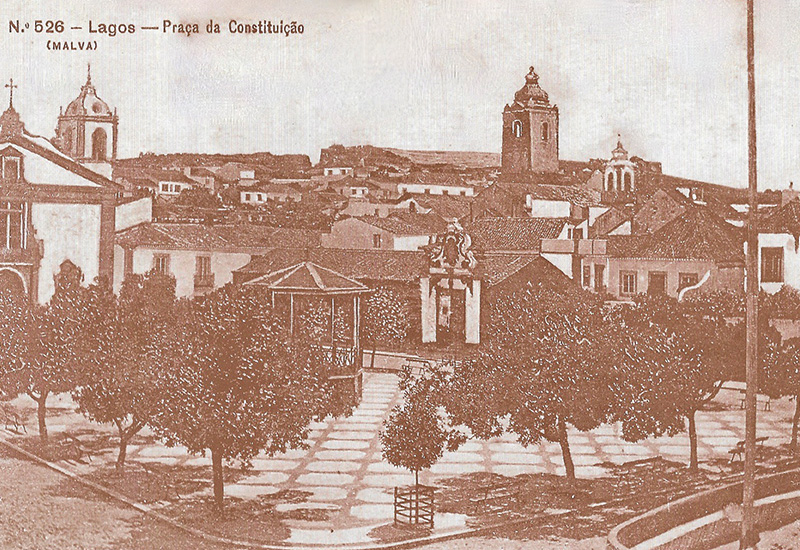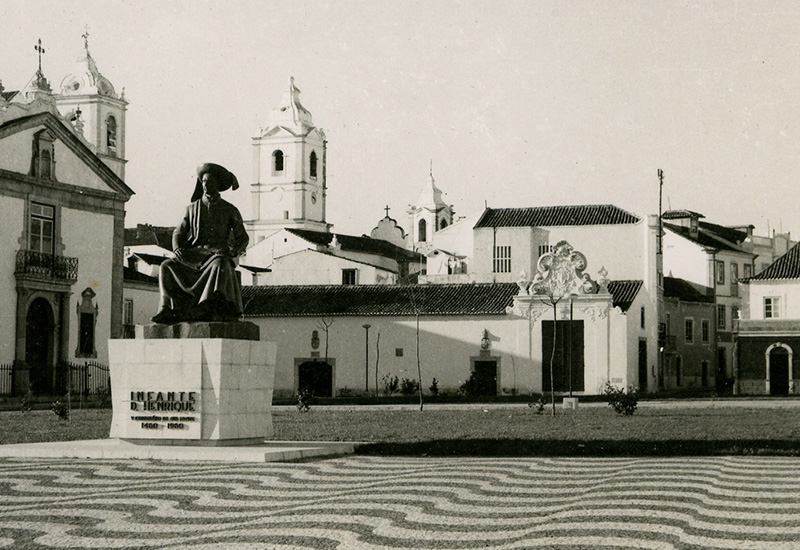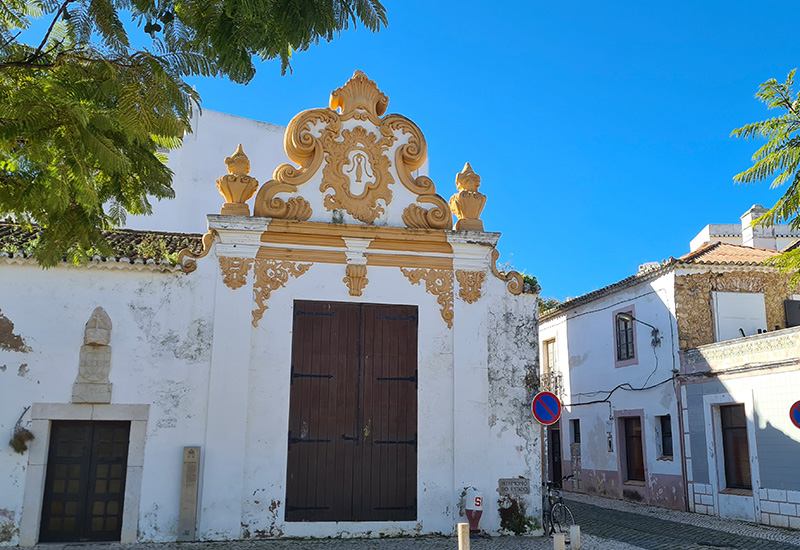In the main square of Praça do Infante (formerly called Praça da Constituição) in Lagos, the imposing statue of Henry the Navigator is gazing out at sea. On his right is Santa Maria church, and behind him is a simple white building with an ornate gilded pediment.
Many will have visited arts and crafts exhibitions along with the annual Lagos Book Fair held at the premises and perhaps wondered at the history behind its façade. The somewhat timeworn building has been in the news recently. In January this year, Lagos Municipality acquired the building from the army for 238.000€. The handover was a culmination of prolonged negotiations.
Hugo Pereira, Mayor of Lagos, stated that the priority for the municipality is to conserve the heritage and renovate the space for further cultural activities to be enjoyed by the community.

But why is it such an important building? When delving into its past, it becomes clear. It was constructed in 1665 by Luís de Almeida, the first Count of Avintes, a noble title bestowed by King Afonso VI. After Almeida was nominated Governor of the Algarve in 1664, he erected the building on the site of the former church of São Bras. The church is believed to have been built before 1553.
As Lagos was a high-profile capital of the Algarve at the time (from 1576 to 1755) and its strategic bay was a bustling port, the new edifice was used to store produce by ships docking in Lagos.

There are two entrances to the building. The side facing Travessa do Mar has a large wooden door. The main façade facing the square is of particular interest. It features the coat of arms of the Kingdom of the Algarve and, in between, the seal of the Count of Avintes, flanked with flowers and plant motifs. The Baroque pediment above the wooden doors has something unique. It is the only remaining set of the (seven) Passos da Via Sacra de Lagos that were oncescattered throughout the city. The Via Sacra is a ceremonial route that evokes the fourteen steps of Jesus from his judgement to his burial. A via sacra, complete with fourteen oratories, also led from the city to the 16th-century hermitage of Nossa Senhora da Piedade at Ponta da Piedade. It was a popular pilgrimage route throughout the ages. One of the oratories of São Gonçalo can be found in the arch of the city wall that bears his name.
The interior of the building is more austere. It is a rectangular nave with a vault. The walls were once covered with tiles but were subsequently removed. Traces have also been found of a stone altar.
The municipality of Lagos can be congratulated for preserving another of its precious heritage sites. In due course, we should be able to visit many more exhibitions and cultural events at the upgraded space.













